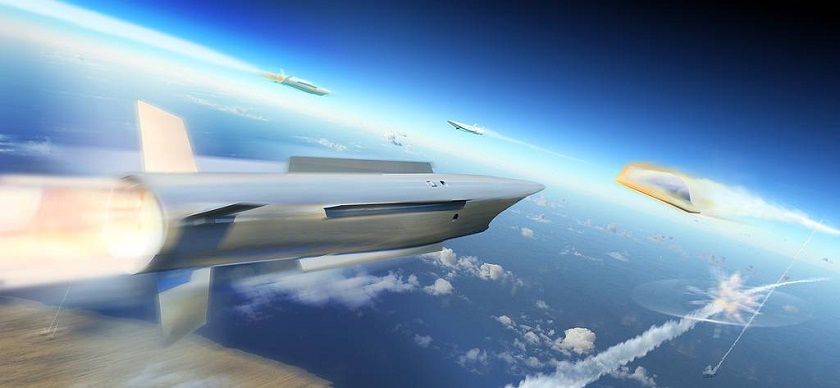Threats from the air are first detected by an array of sensors deployed by Allies. Based on land, at sea, in the air and even in space, these are capable of detecting aircraft or missile launches minutes after they occur.
They feed the data to NATO command posts, such as the Combined Air Operations Centres (CAOCs) in Uedem, Germany and Torrejon, Spain. Commanders can then determine the best way to deal with the threat.
The task might fall to long-range, high-altitude missile defence systems like the US Terminal High Altitude Area Defense (THAAD), or the short-to-medium range French Sol-Air Moyenne Portée/Terrestre (SAMP/T). NATO can also use missile defence warships or fighter jets to deal with the threat.
In recent years, the Alliance has had to contend with new threats such as unmanned vehicles and hypersonic missiles. NATO is hard at work on tactics and technology to counter these problems.











![Reliant: new long-range UAS by Quantum Systems [VIDEO]](https://defence-industry.eu/wp-content/uploads/2024/05/Reliant-new-long-range-UAS-by-Quantum-Systems-VIDEO.jpg)















